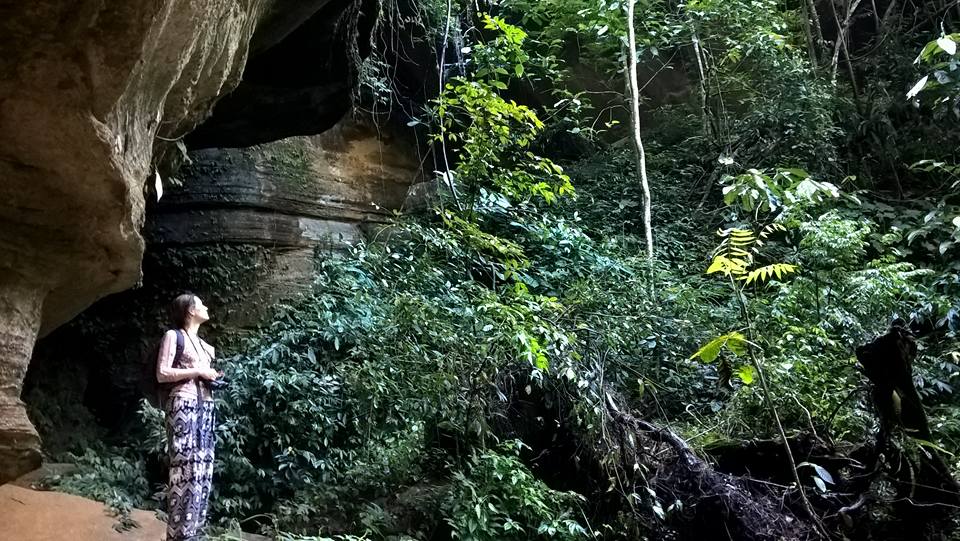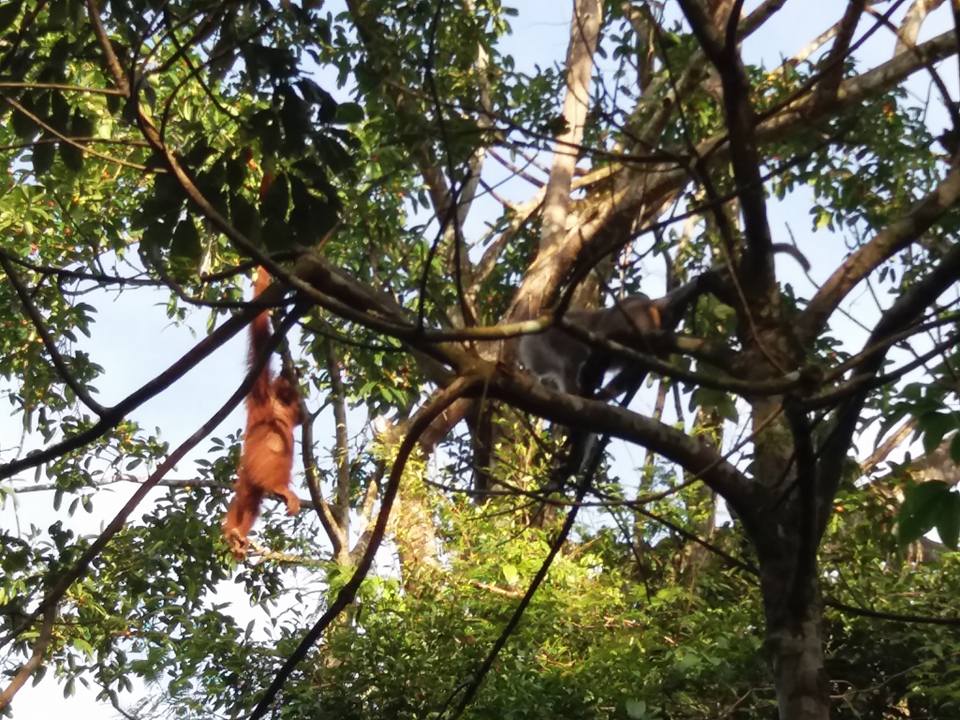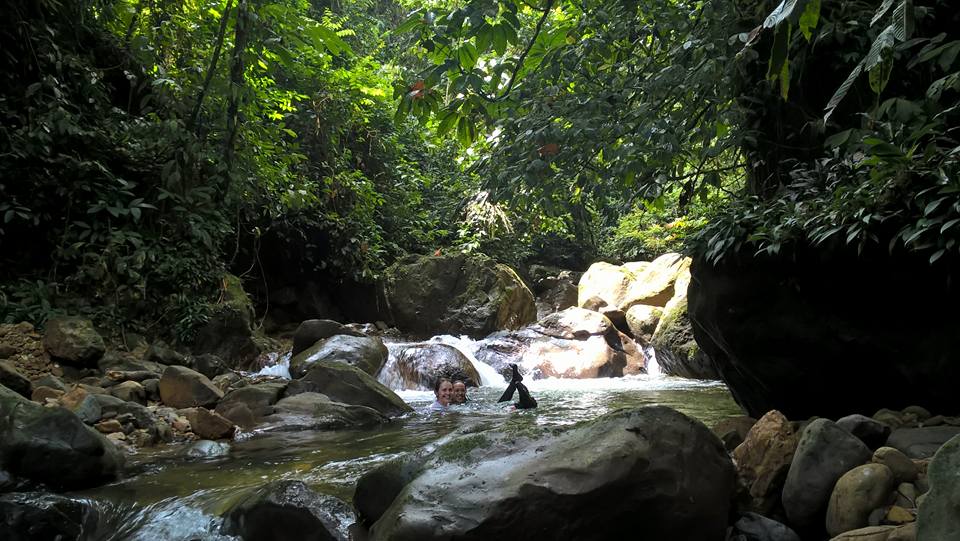
My name is Katya and I was one of the first Sumatran rainforest volunteers at the Batu Kapal Conservation program. It has always been my dream to visit the Sumatran rainforest because it’s one of the oldest rainforests in the world with many endemic species that I’ve always wanted to encounter, such as the orangutan. I participated in the very early days of the project in November 2017. After a quick online search, I had come across the Sumatra Adventure Holidays website, which had just advertised its new Orangutan Biolink Wildlife Corridor Program. For me, this was the first step into the Sumatran rainforest and the first step into the world of nature conservation.
I remember a surreal four-hour journey by taxi from Medan airport to the heart of the Sumatran jungle. Sitting comfortably in an air-conditioned car, I was watching strange and dream-like scenes of a bustling city night life unfold before my eyes. The uncontrollable traffic, the air heavy with heat, dust and noise — all seemed a strangely familiar sight from a Southeast Asian city, yet there was something unfamiliar about this scenery — the carefree spirit of the Sumatran rainforest manifested itself in all aspects of life here, I thought, in the way people behaved and in what they created. I felt that the people of Sumatra imitate the jungle in their architecture and ways of life. The colours were vibrant, shapes bold, and the currency was energy. The houses grinned at you just the way people do. There was this unrestrained energy in everything I saw.
When we finally arrived, I met one of the project managers, Jaka, who radiated joie de vivre. With his big laughing eyes and a trusting yet slightly mischievous look, he asked me to jump on his motorbike, and took me up a windy and slippery path to his brand-new hotel on the top of the hill. Whenever we went on the road, I heard him say, “Kasia, don’t worry, you are safe. You trust me, eh?”

The next day, after an adventurous and perilous ride through the jungle to the project site, I met the others: the guide Vyca with his wife Mutha, and the owner of the project, Sean (who was from Australia).
They were still building the project site at the time, but it already looked very impressive. I loved how it was sustainable: the compost was to be used to heat the running water that flowed into the sink, while the cool air from the cave travelled to the rooms to act as air conditioning.

I found the local staff very ambitious, with a drive and thirst for knowledge. They knew that for the project to work they had to gain the trust of the local people and get them involved. I observed a meeting between the project staff and the chief of the Karo tribe, the indigenous people of Sumatra, and the chief liked what we were doing.

Run by Sue and Sean from Australia, the Batu Kapal project is one of the first, if not the first initiative of its kind in this part of Sumatra. Due to the expansion of palm oil and rubber plantations, more and more forest at the outskirts of the national park is disappearing; the tall trees are being cut down every day, and orangutans become trapped in one corner of the forest, unable to cross to the other side. They are also often shot by local landowners who catch them eating their fruit. The project aims to change the attitudes of the local people and bring new solutions to help communities and wildlife to live together peacefully (read about the Durians for Orangutans campaign to stop farmer orangutan conflict).
One morning, I spotted up to seven orangutans on a single ficus tree. They shared the tree with Thomas Leaf monkeys. This observation seems to contradict a commonly held belief that orangutans prefer to lead a solitary life.

There is still so much to learn about those primates. Sean told me how he often saw orangutans next to the project house, and how they would sometimes stop and look at him in silence. He saw intelligence in that look and these moments were very special to him as he felt as though there was empathy between them.


